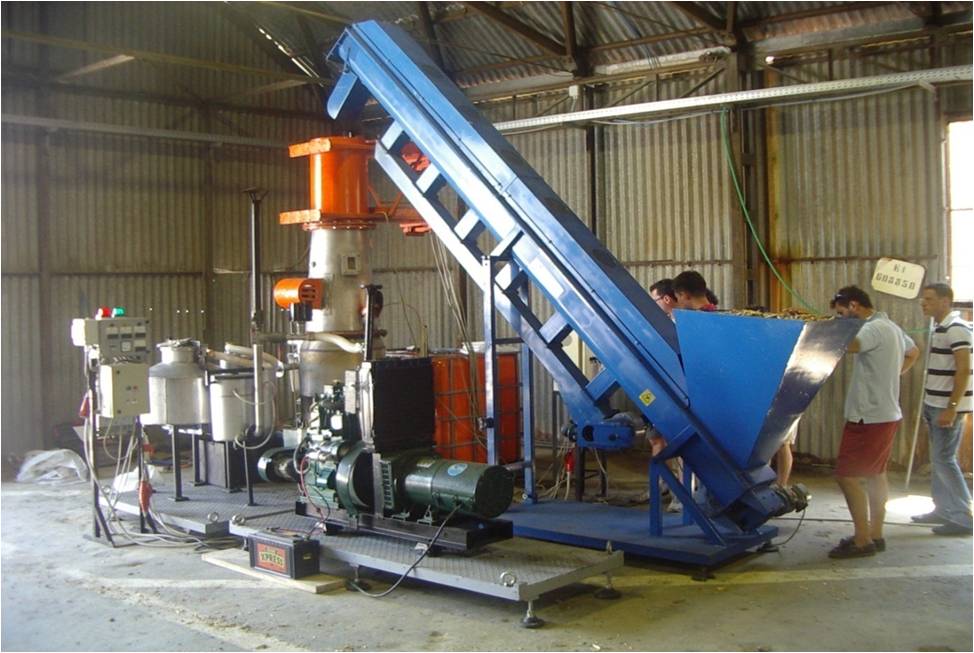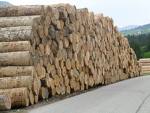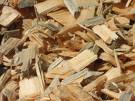Biomass Gasification
Biomass gasification is basically a conversion of solid fuels (wood, wood-waste, agricultural residues, charcoal, etc.) into a combustible gas mixture normally called Producer Gas. The process is typically used for various biomass materials and it involves partial combustion of such biomass. Partial combustion process occurs when air supply (O2) is less than adequate for the combustion of biomass to be completed.
Biomass is usually composed of the elements carbon, hydrogen and oxygen. In the types of gasifiers considered here, the solid fuel is heated by combustion of a part of the fuel. The combustion gases are then reduced by being passed through a bed of fuel at high temperature. In complete combustion, carbon dioxide is obtained from the carbon and water from the hydrogen. Oxygen from the fuel will of course be incorporated in the combustion products, thereby decreasing the amount of combustion air needed.
In the following references the on-going theoretical/numerical as well as experimental activities at DIMSET/SCL are presented. The operational link is also given to the computer code EES (Engineering Equations Solver) ready to be used for numerical predictions of downdraft fixed-bed gasification processes.
At DIMSET/SCL a 12 kWel downdraft gasifier is installed and perfectly operative since 2006. It is usually fed with wood chips but a complete characterization of its performance has been recently performed also with mixtures of wood chips and clean coke.





